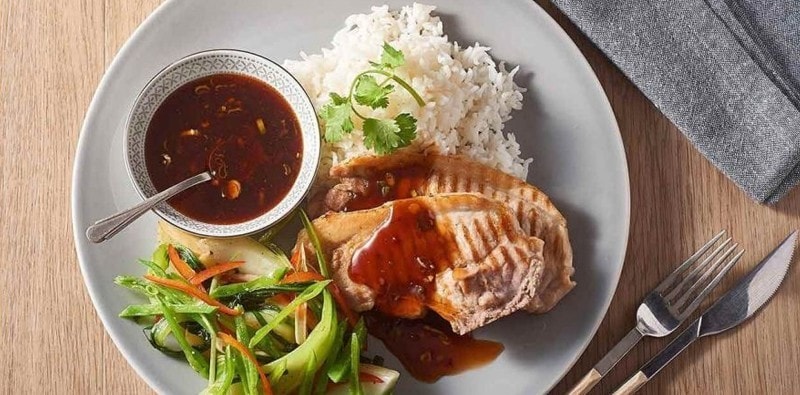Updated on Tuesday, 16ᵗʰ June, 2020
In old age as much as any other time in life, the little things go a long way.
Meal time is important for nutrition and health, but also as a daily ritual. The smell and the look of the food play a big part in the overall dining experience.
Create dishes your residents will look forward to with these tips to add diversity and interest to every plate.

Adding a range of different coloured vegetables will brighten up a meal and make it stand out.
They don’t have to be exotic - use what is in season or readily available. Fortunately, vegetables tend to come in bright colours - think peas, carrots, button squash and pumpkin.


Set different coloured vegetables next to each other to boost the presentation factor of the dishes you serve up. Try to space similar coloured foods from each other - for example put the carrots or peas between the chicken and the mashed potatoes for the Sunday roast.


A sprig of parsley or a sprinkling of chopped basil or rosemary can give a dish an extra element of flavour as well as good looks. This finishing touch will add to the restaurant feel of the dining room and make the evening meal feel a little bit more formal.


Gravy is delicious but can turn a dish into a rather monochromatic experience. Limit the sauce or serve it in a gravy boat (some residents may need help adding theirs) to allow the food underneath to impress.


The meal doesn’t always have to be the life of the party! Coloured or patterned plates and dishes can brighten up a dining room, particularly for residents who are visually impaired.
Encourage your residents to wear their glasses to the table so they can see what they are eating and they will be more likely to enjoy their meal.


Disclaimer: The content of this article is created for inspiration purposes only. It is not intended as clinical, medical or nutritional advice.
Top recipes
-
Dijon Lamb Meatballs and Minted Hollandaise Sauce -
Lemon Sesame Salmon Skewers -
Pumpkin Alfredo -
Simply Sweet Cherry Ripe -
Braised Lamb Rump with Creamy Mushroom Sauce -
Roast Chicken Florentine -
Lemon Chicken Hot Pot -
Lemon and Coconut Fish Hot Pot -
Prawn and Sweet Potato Yellow Curry -
Vietnamese Pancakes -
Chicken Schnitzel with Lemon Mayo -
Baked Lemon Butter Chicken Risotto -
Cream of Pumpkin Soup with Smoked Ham and Roasted Garlic -
Roasted Pumpkin and Cumin Soup
Related Products
Log in or Create an account to access:
- Get access to this content
- Discover the latest culinary trends
- Explore and save your favourite recipes
- Watch free video training courses for chefs






















